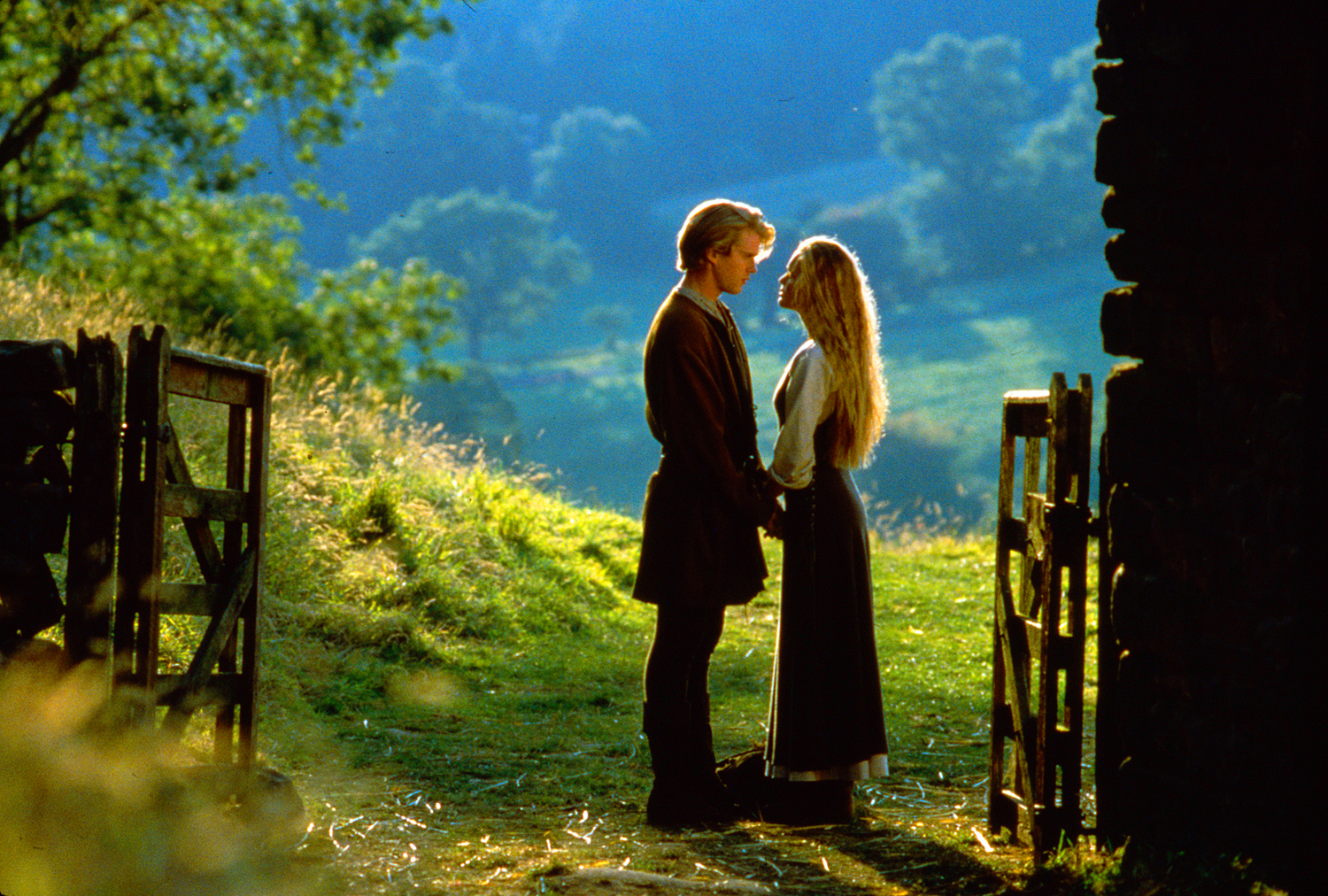
Figuring out theme in your novel can be challenging. How do you sum up the meaning of a whole story, a whole world, in just a few words?
Theme is the message you are trying to send to the readers. Sometimes the theme is something you’ve thought about and intentionally planted into your text.
Find Your Novel’s Theme
But themes can be more subtle than that. You may not have realized the theme developing as you wrote. If you’re having trouble articulating what your manuscript’s theme is, go back and take a look at situations, phrases, or ideas that you repeat in the text.
Stuart Horwitz, author of Book Architecture says, “repetition and variation of a narrative element creates meaning.” Examine the recurring narrative elements in your story. See if you can identify a commonality, a pattern of meaning from them.
Once you’ve identified the repeated elements and what they have in common, take some time to distill what those elements are trying to say. See if you can get it down to just one sentence. For example, “There’s nothing new under the sun,” or “Death cannot stop true love.”
This exercise can also help you decide what areas of your novel you need to strengthen. When you know what your theme is and you have identified what narrative elements best convey that theme, you can reinforce it by adding more, or rearranging the pieces so that your thematic elements show up at key points in the narrative.
If you don’t like what you see being repeated, you may have a lot of work to do. Whether you meant it or not, your repetition emphasizes those elements, giving them significance and meaning. If you want your theme to be something different, you’ll have to revise and place your emphasis (your repetition and variation) elsewhere.
Teasing out the theme in your novel can be a fun challenge. But more than that, it’s essential to creating a story that has a lasting impact on your readers.
